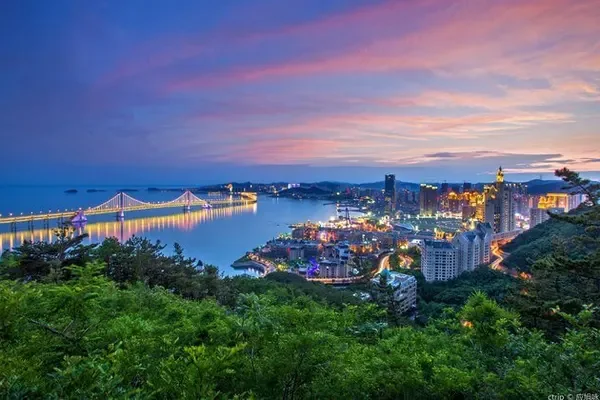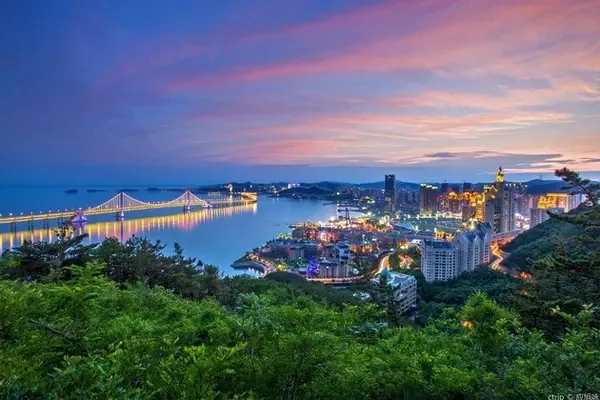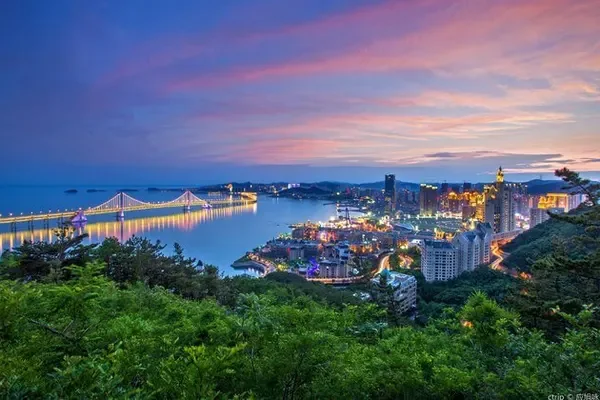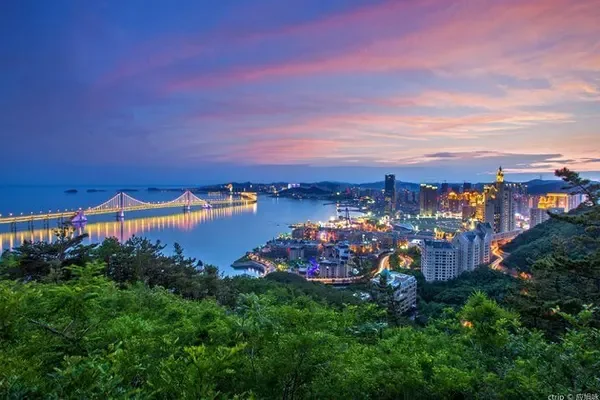
This group of photos is a group of photos we took casually during the aerial photography in Zuogong County, Qamdo, Tibet. So I took a group of photos casually, thinking it should be a township, but later learned that it turned out to be an ordinary village.


I call this village Tiantuo Village, which belongs to Tiantuo Town, Zuogong County, Qamdo City. There are 105 households in the village, all of which are concentrated in the valley next to Tiantuo Temple. A Yuqu River passes through the village. There are also two bridges connecting the two banks, which seem to be the size of a small town.


The Yuqu River is a primary tributary of the Nujiang River. It originates at the southern foot of Leiwuqiwahe Mountain in Qamdo at an altitude of more than 4,000 meters. Tiantuo Village passes by, and finally passes through Zayu County in Nyingchi, and joins the Nujiang River near Muba Village in Walong Township. The drainage area is nearly 10,000 square kilometers, and the total length of the main stream is 444 kilometers. There are countless villages in China, and Tiantuo Village is just one of them.


I don't know whether Tiantuo Temple got its name from Tiantuo Village, or Tiantuo Village got its name from Tiantuo Temple, but Tiantuo Village can find its current scale, except that it is a flat and fertile land, Influenced to some extent by Tiantuo Temple, a famous Zuogong temple,


We stood at Nantuo Temple overlooking Tiantuo Village. Both sides of the Yuqu River are full of two or three-story Tibetan-style dwellings. Each household has an independent small courtyard. The Qu River flows through the village like a streamer. It is undoubtedly the mother river of the village, which has nurtured generations of Tiantuo people.


In people's minds, Tibet is synonymous with vast land and sparse population. Neither cities nor villages can compare with the mainland. However, after traveling to Tibet many times, we found that many villages in Tibet are like Tiantuo Village. Not only does it look very beautiful, but the scale is not small. Even if it is placed in the mainland, it is not bad. What do you think?


We learned that the villagers of Tiantuo Village mainly make a living by grazing. The surrounding hillsides of tens of kilometers are their grazing areas. There are also their houses in many places, which can be regarded as their summer pastures, that is, the grass is abundant in summer and autumn. When it snows, many of them are scattered in the surrounding mountains, and they will return to live in the village after it snows.


There are primary schools, parks and some health and leisure facilities in the village, most of which were built with the aid of two temples in Chongqing, Fujian, and Tianjin. Among them, the Hope Primary School in the village was built with the aid of China FAW. The other living environments are not bad at all, especially after the snow falls in winter, and when the flowers bloom in the river valleys and grasslands in summer, plus these quaint Tibetan-style dwellings and dots of cattle and sheep, it can really be described as a fairyland on earth, And these are not artificial modifications, all are selfless gifts of nature, no one will destroy them, and no one will take them for their own. It is beautiful to think about it.



